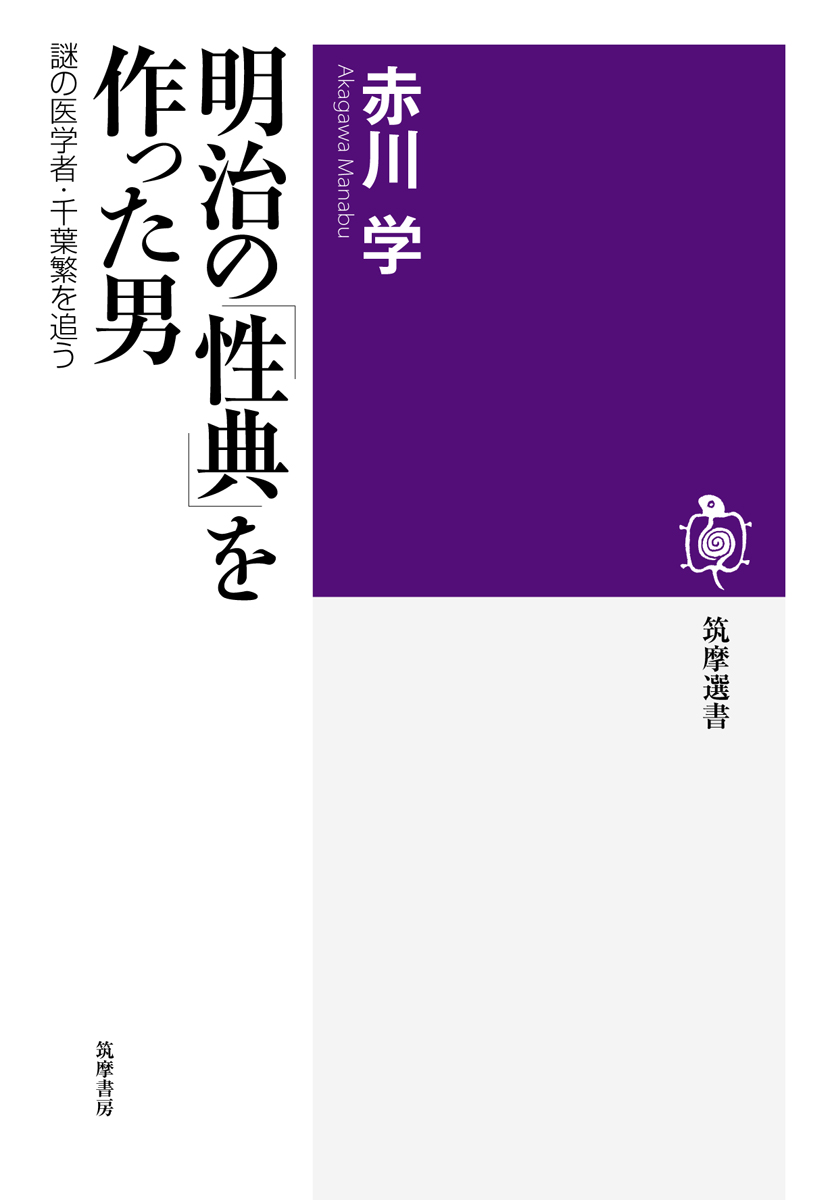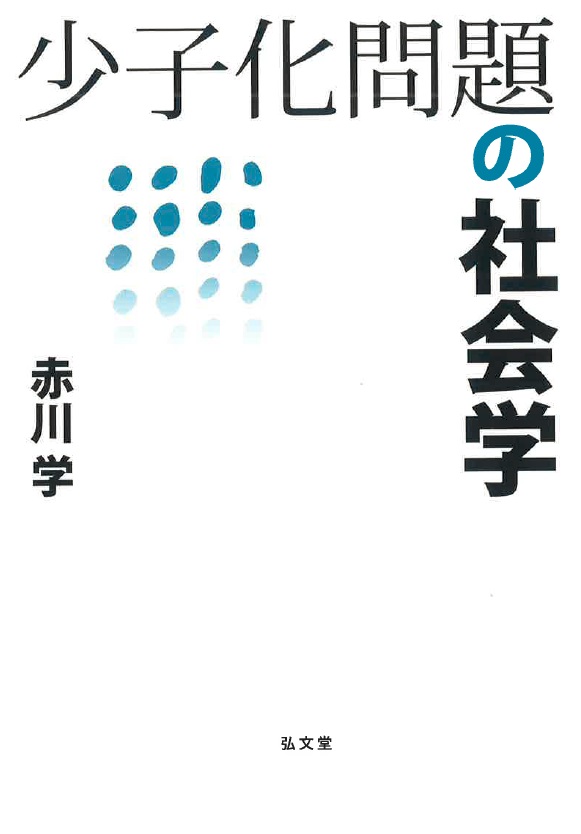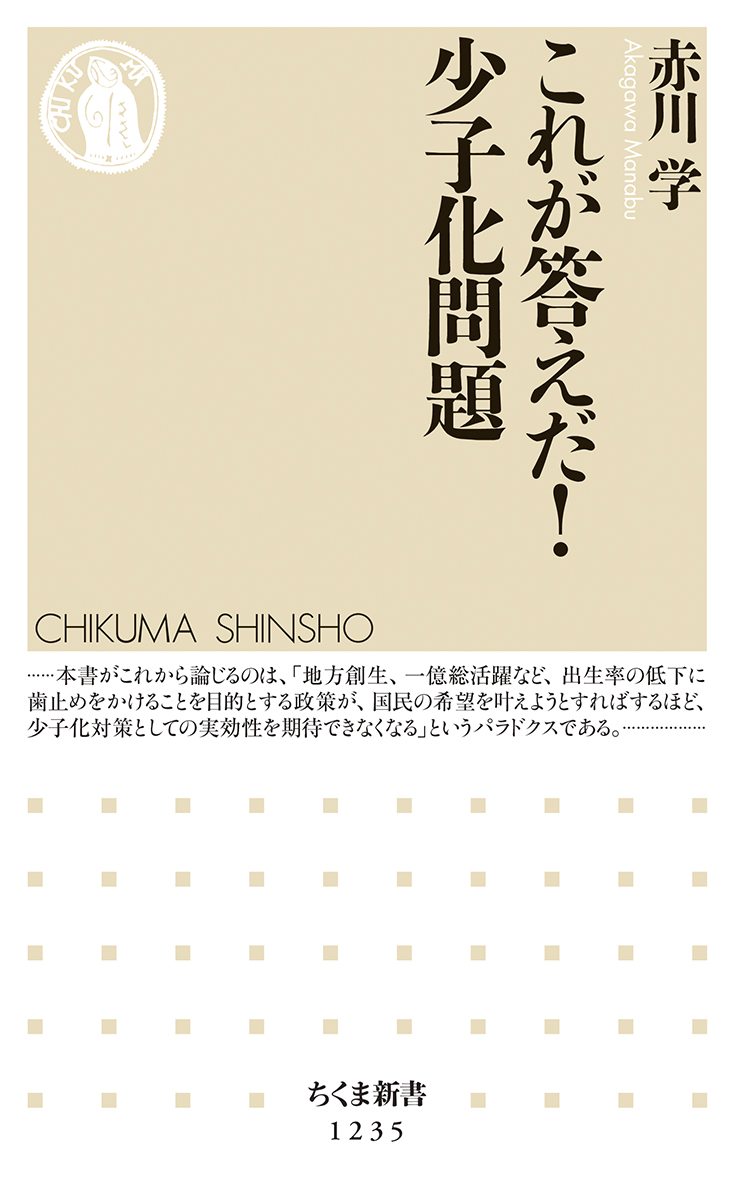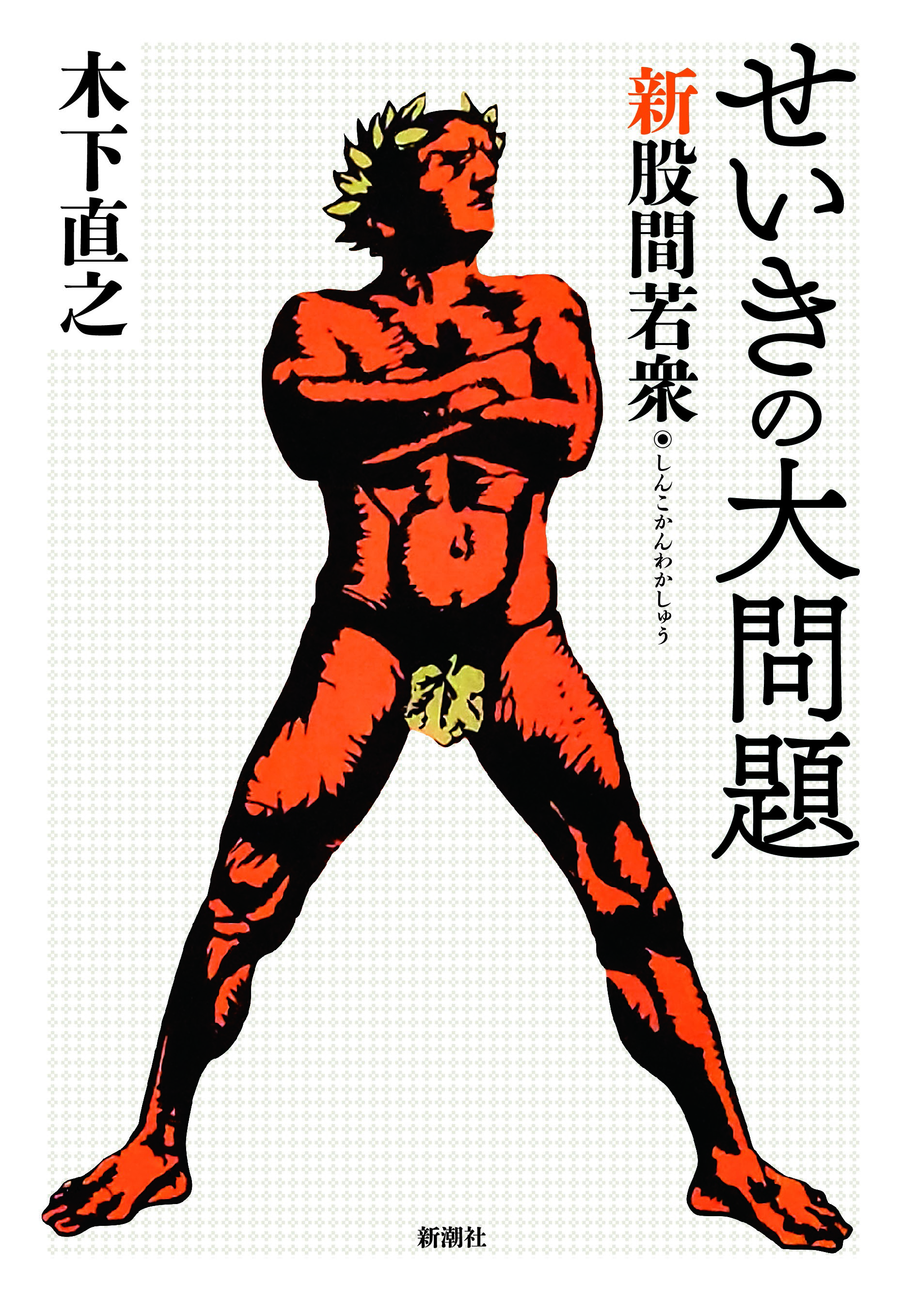
Title
Meiji No Seiten Wo Tsukutta Otoko (The Man Who Created a Sexual Canon in the Meiji Period)
Size
240 pages, 127x188mm
Language
Japanese
Released
September 11, 2014
ISBN
978-4-480-01606-5
Published by
Chikumashobo Ltd.
Book Info
See Book Availability at Library
Japanese Page
Since the late 1860s, various books containing medical knowledge from the West have been introduced to Japan in the name of civilization. Among them, The Book of Nature authored by an American doctor, James Ashton, was first translated into Japanese in 1875, and many versions of Zokakiron (his theory on sexual organs) became widely available and were read among commoners. Zokakiron stressed that masturbation led to physical and mental disorders and that three kinds of electricity created sexual desire, which was a theory unique to American sexual science in the 19th century.
The first Zokakiron was translated by a man named Shigeru Chiba. To this day, it is not clear what Chiba did before this translation and how and why he decided to translate the work. The aim of my book is to solve that puzzle and write the life history of Shigeru Chiba based on slight clues left in the first Zokakiron.
I quoted the first Zokakiron in my 1999 PhD dissertation thesis entitled The Historical Sociology of Sexuality. However, I had virtually no idea who Shigeru Chiba was at that time. Despite not being an expert in history, however, I searched various classical documents by trial and error, and established Chiba's life history step by step. My findings are as detailed below.
.
Shigeru Chiba was also known as Kinya Chiba. He was born and brought up as the second son of a doctor, Chusen Chiba. Chusen served as a private doctor for a feudal lord, Masaharu Inoue, in the Edo period, and Shigeru inherited his position. In the 1860s, Shigeru started learning English in order to read imported medical textbooks printed in English, which was a fashionable language to learn at that time. After the Meiji Restoration in 1868, the Inoue clan, which had dominated the city of Hamamatsu in Shizuoka prefecture, was transferred to Tsurumai in Chiba Prefecture. Shigeru followed his master Masanao Inoue and worked for him as a vaccinator for several years. However, the Inoue clan was dissolved in 1871, and Shigeru lost his status.
In 1872, Shigeru worked as a public doctor in Tobe prison and Yokohama public hospital in Kanagawa Prefecture. Shigeru learned modern medical science from an American doctor, Donald Simons, who was working at Yokohama public hospital, and tried translating The Book of Nature. It became a bestseller among commoners at that time. Shigeru stayed in Yokohama, and later became one of the founders of the Yokohama Medical Association.
In a sense, Shigeru's life was mediocre compared with distinguished samurai warriors around the end of the Edo period. However, the aims of this book are to reconstruct the mysterious life history of a doctor and to describe the historical and societal conditions surrounding his life. I also aimed to create a new form of sociological life history that focuses on a person with virtually no documents such as a diary, letters, or an autobiography. I tried to describe how ideas on sexuality and the relationship between sexuality and society had changed by describing how the once famous Zokakiron and its translator sank into oblivion. I hope you will enjoy this mysterious life history of an individual, and that you will learn a sociological method for describing some features of a modern society through the experiences of one person. I intend to continue my research by writing histories of the second and third men who created sexual canons in the Meiji Period.
(Written by Manabu Akagawa, Associate professor, Graduate School of Humanities and Sociology / 2017)



 Find a book
Find a book




